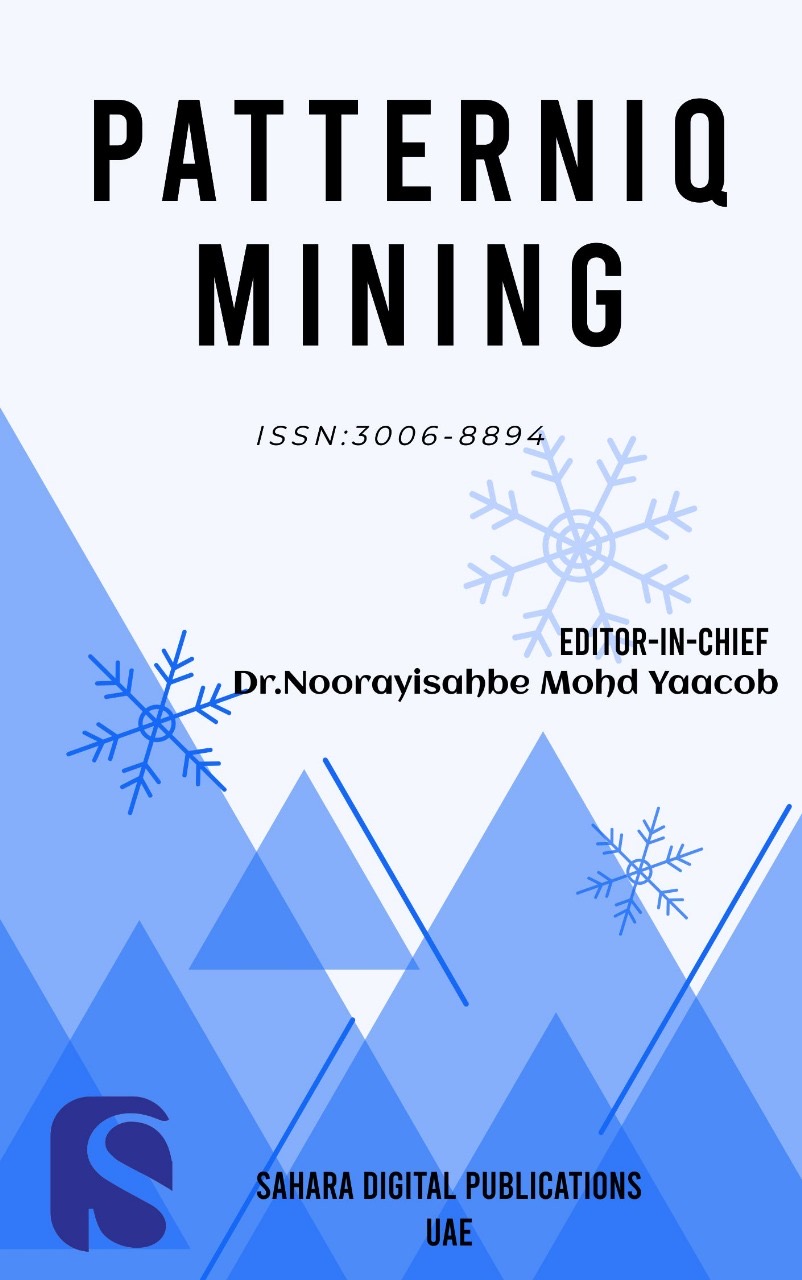Title: A Sequential Pattern Mining Method for the Individualized Detection of Online Banking Fraudulent Transactions

PatternIQ Mining
© by piqm - Sahara Digital Publications
ISSN: 3006-8894
Volume 01, Issue 01
Year of Publication : 2024
Page: [34 - 44]
Authors :
Ghulam Abbas
Address :
School of Electrical Engineering, Southeast University, Nanjing 210096, China
Abstract :
Financial institutions are facing a growing number of challenges as a result of the growth in fraudulent activities in online banking, which calls for the implementation of systems that are more advanced in their identification of fraud.Traditional rule-based techniques have difficulties when it comes to handling rule modifications and do not provide sufficient detail to particular users. This study presents the User-Specific Sequence Pattern Mining Framework for Online Banking Fraud Detection (USPM-FrauD) as a solution to the challenges that have been highlighted. The framework was developed in order to detect fraudulent activity in online banking.This system makes use of sequence pattern mining algorithms in order to examine the transaction logs of every user and find variations that may be indicative of fraudulent conduct. By concentrating on individualised transaction patterns, the USPM-FrauD model provides a method that is both more efficient and more specifically targeted to the identification of fraudulent activity in online banking. When compared to rule-based and Markov chain models, the experimental findings reveal that the USPM-FrauD model has greater performance. This demonstrates that the model has the potential to be practically implemented in online banking systems that are used in the real world. In order to battle the ever-changing world of online banking fraud, financial institutions now have access to a more complex and user-specific tool thanks to the USPM-FrauD framework, which marks a substantial improvement in fraud detection approaches.
Keywords :
Financial Institutions; Fraudulent Activities; Online Banking; Fraud Detection Systems; Rule-Based Techniques; Rule Modifications; User-Specific; Sequence Pattern Mining.
DOI :
https://doi.org/10.70023/piqm244
